Discovering you’re pregnant can be overwhelming, especially when questions arise about the baby’s father. Understanding your situation and exploring next steps can help bring clarity and peace of mind during this uncertain time.
Initial Steps to Determine Paternity
Once you find out you are pregnant and have been given a due date, it’s important to think back and remember who you were having sex with at the time of conception. If there is more than one potential biological father, don’t feel ashamed. Not every woman with an unplanned pregnancy can automatically name with certainty who the biological father is.
Determining the Date of Conception
To figure out who the father might be, start by determining the dates you conceived. The conception period can help you narrow down the potential biological fathers. To determine the time period of conception, take your due date and count backwards 240 days. For example, if your due date is January 5, 2024, counting backwards gives you the approximate date of conception as May 10, 2023. While this method is not foolproof, it can help identify potential birth fathers.
Contacting Potential Fathers
Once you have a general idea of the conception date, write down the names of any men you had sexual intercourse with during that time period. Review your phone calendar and call records to be thorough. Contact the potential birth fathers to inform them of the pregnancy and why you think they might be the father.
Non-Invasive Prenatal Paternity Test (NIPP)
If you or the potential fathers are uncertain about paternity, consider a Non-Invasive Prenatal Paternity Test (NIPP). This test is safe for both the mother and the fetus, requiring only a blood sample from the mother and a cheek swab from the potential father. The test analyzes free-floating fetal DNA from the mother’s blood and compares it with the DNA of the potential father. The cost ranges from $1,600 to $2,000, and results typically take about one week and are highly accurate, providing at least a 99.9% probability of paternity.
RESOURCES: (American Pregnancy Association) (DDC DNA Tests) (DDC DNA Tests) (DDC DNA Tests).
It’s important to do what you can to sort this paternity issue out before you deliver. Whether you plan to parent or place the child for adoption, you want to know who the biological father is and inform him of the pregnancy. In North Carolina, the birth father’s consent is required if he has supported you during the pregnancy and acknowledged that the baby is his.
Importance of Resolving Paternity Issues and Legal Considerations
If you decide to make an adoption plan for your unborn child, you can ask the biological father to sign consents before the child’s birth. In most states, including North Carolina, biological fathers can give consent for the placement of the unborn child ahead of time. These documents need to be prepared by an attorney or an agency.
One of the benefits of working with an adoption agency is that agency counselors can communicate with the birth father if you request. At A Child’s Hope, for example, your adoption counselor will meet with the potential birth father to explain adoption. However, it’s best if you discuss the pregnancy with him first. If he agrees to the adoption, the agency can assist with the necessary consents.
Although you have several months to address the paternity issue, the sooner you start, the faster it will be resolved. Knowing the biological father is crucial, whether you plan to parent or place the child for adoption.
For more information on prenatal testing, consult a reputable laboratory or your healthcare provider.
Contact A Child’s Hope
This guide, provided by A Child’s Hope adoption agency in North Carolina, emphasizes the importance of early detection and proper prenatal care for both maternal and infant health. If you suspect you might be pregnant, don’t hesitate to take a test and seek medical advice, or contact the agency for personalized care and support. TEXT PREGNANT to 919-971-4396, we are happy to talk to you confidentially.
About E. Parker Herring
About E. Parker Herring: An attorney and mother of three children, Parker has a deep respect and understanding of family law and the adoption process (for which she’s adopted two children of her own). She is the founder and director of A Child’s Hope, a North Carolina licensed adoption agency located in Raleigh that focuses on matching birth mothers and families looking to adopt. A Child’s Hope has placed 470 children since 2000 and is the only North Carolina domestic adoption agency directed by an attorney. For a confidential adoption counselor, TEXT PREGNANT to 919-971-4396.
 The American Academy of Pediatrics (AAP) recommends the following guidelines for safe sleep:
The American Academy of Pediatrics (AAP) recommends the following guidelines for safe sleep: Childproofing your home is essential as your baby grows more mobile. Watch for broken toys, and make sure the pieces are larger in size. The Centers for Disease Control and Prevention (CDC) offers a comprehensive guide to childproofing your home, covering topics like preventing falls, securing furniture, and keeping hazardous items out of reach. Preventing your baby from choking on small objects is at the top of the list. And, remember soft snacks only that are easy to swallow.
Childproofing your home is essential as your baby grows more mobile. Watch for broken toys, and make sure the pieces are larger in size. The Centers for Disease Control and Prevention (CDC) offers a comprehensive guide to childproofing your home, covering topics like preventing falls, securing furniture, and keeping hazardous items out of reach. Preventing your baby from choking on small objects is at the top of the list. And, remember soft snacks only that are easy to swallow. community for help if you have questions. The National Highway Traffic Safety Administration (NHTSA) provides guidelines on selecting and installing the right car seat and keeping your child rear-facing for as long as recommended. As your baby begins to crawl, Baby gates can be heavily employed to keep babies away from the many things that pose hazards to them – drawers with sharp objects, rooms with open electrical sockets, pools, and more.
community for help if you have questions. The National Highway Traffic Safety Administration (NHTSA) provides guidelines on selecting and installing the right car seat and keeping your child rear-facing for as long as recommended. As your baby begins to crawl, Baby gates can be heavily employed to keep babies away from the many things that pose hazards to them – drawers with sharp objects, rooms with open electrical sockets, pools, and more.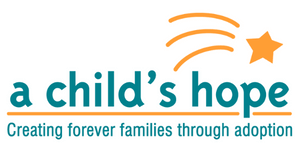
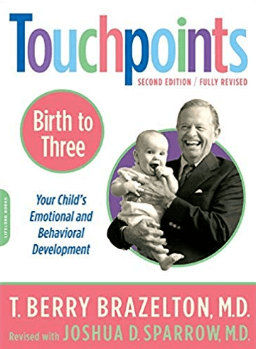
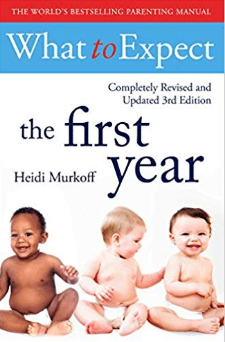
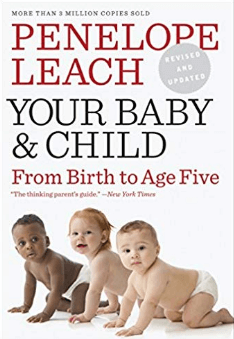
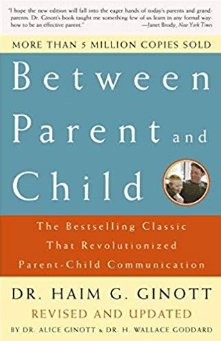
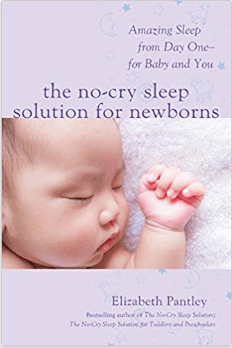

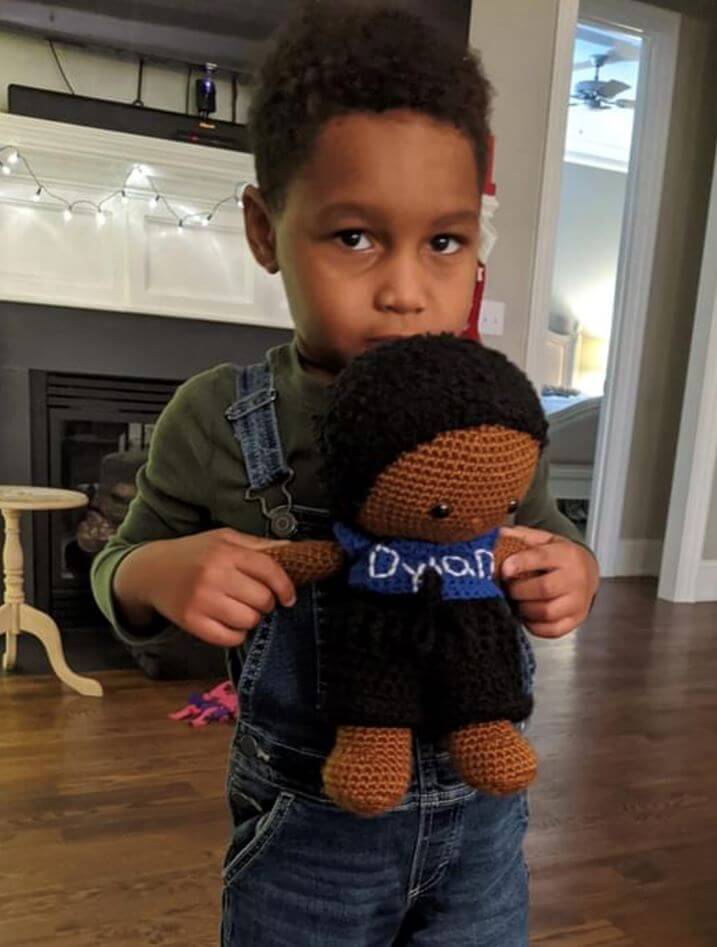
 Reading is one of the great pleasures, especially during the holidays. With kids in holiday jammies, sometimes there’s nothing better than kicking back in your favorite spot at home with a celebrated book in hand. A Child’s Hope has a few names of kid reads to spark the holiday spirit — favorites our families have shared throughout the years, add these to all the traditional titles. We know that representation matters, and love that Santa comes in many different colors. Snuggle up with your favorite books this year, and soak in the holiday spirit with family and friends.
Reading is one of the great pleasures, especially during the holidays. With kids in holiday jammies, sometimes there’s nothing better than kicking back in your favorite spot at home with a celebrated book in hand. A Child’s Hope has a few names of kid reads to spark the holiday spirit — favorites our families have shared throughout the years, add these to all the traditional titles. We know that representation matters, and love that Santa comes in many different colors. Snuggle up with your favorite books this year, and soak in the holiday spirit with family and friends. Adoption Awareness Month is not only about celebrating adoption but also offering support.
Adoption Awareness Month is not only about celebrating adoption but also offering support.